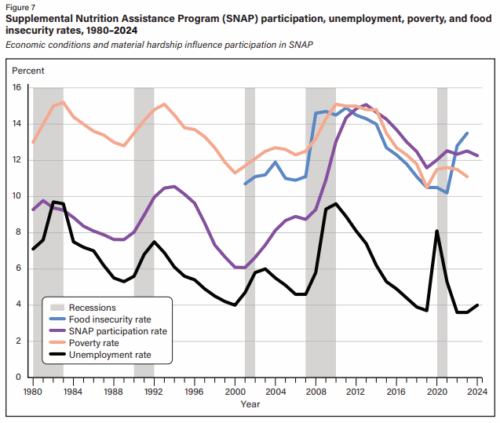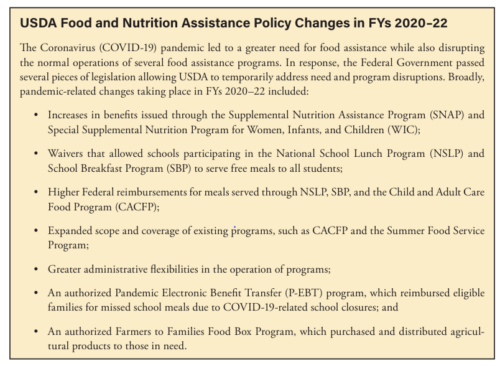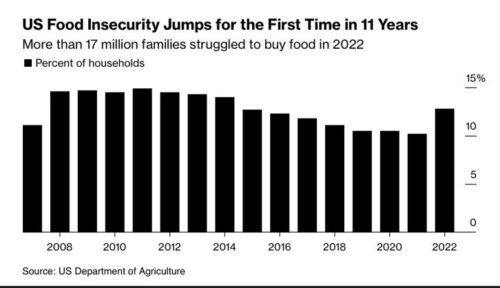The effects of all the proposed budget cuts, clearly aimed at cutting taxes for the rich at the expense of the poor, will be painful, but two are especially ironic given the Making America Healthy Again effort.
The first were the farm-to-school programs “in alignment with President Donald Trump’s executive order ‘Ending Radical and Wasteful Government and DEI Programs and Preferencing.’” These cuts were especially stupid because the programs did not cost much but were a demonstrably a win/win. Schools got fresh produce, and small farmers got paid.
Now we have a second tiny program to lose funding, SNAP-ED, more formally the USDA’s National Education and Obesity Prevention Grant Program.
Here’s what AI says about this program (not a bad summary, actually).
SNAP-Ed stands for Supplemental Nutrition Assistance Program-Education. It is a federally funded, public health program designed to help low-income individuals and families make healthy food choices and adopt active lifestyles within their budget. SNAP-Ed provides nutrition education and promotes healthy food choices, while also supporting physical activity.
Goal: SNAP-Ed aims to improve the likelihood that people eligible for the Supplemental Nutrition Assistance Program (SNAP) will make healthy choices within a limited budget and adopt physically active lifestyles.
Evidence-Based: The program uses evidence-based nutrition education and obesity prevention strategies.
Federally Funded: It is a grant program funded by the U.S. Department of Agriculture (USDA).
State and Local Partnerships: SNAP-Ed works with state and local organizations to deliver its services.
Focus Areas: SNAP-Ed initiatives include nutrition education (Classes on healthy eating, budgeting, meal planning, basic cooking, and food safety), social marketing campaigns (Community-based campaigns to promote healthy eating and physical activity), and efforts to improve community policies and environments.
Although AI didn’t mention it, SNAP-ED works. See: SNAP-Ed: The Transition of the Nation’s Largest Nutrition Education Program Into a Pillar of the Public Health Infrastructure
The SNAP-Ed program has demonstrated that its comprehensive approaches are primed to address public health crises along with its ongoing role of helping to eliminate nutrition-related health disparities. Despite the program’s public health focus, community-wide scope, and capacity for sector-level change, SNAP-Ed funding has been static for more than decade, even as its audience and mission have doubled. Funding for SNAP-Ed was only 0.4% of the total 2021 SNAP budget, or $5.15 annually for each of the nearly 90 million people in its audience—roughly the cost of a bag of oranges or potatoes.
The cost of this program is roughly half a billion dollars a year, not even a rounding error in the federal budget. Cutting it does no good for anyone, undercuts the MAHA (Make America Healthy Again) agenda, and is thoughtless and unnecessary.
Resources













